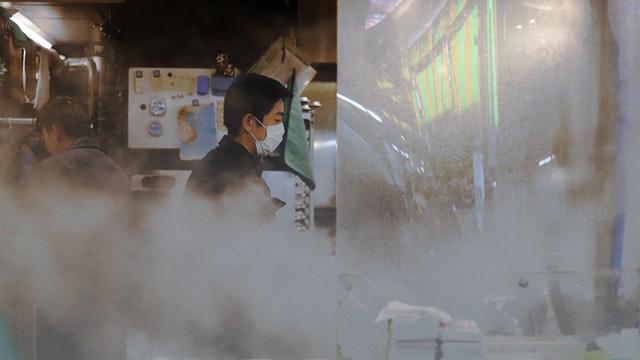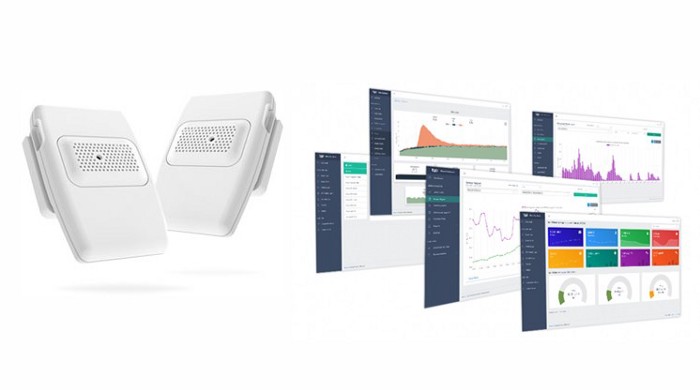Monitoring indoor air quality: why is it important?
June 3, 2022
Indoor air quality is a very relevant indicator when it comes to maintaining the comfort and health of a closed space, whether it is intended for housing or any other use. To maintain proper standards, you need the tools and regulations to monitor indoor air quality.
The quality of the air inside is essential for healthy living, especially when we spend around 90% of the time in closed spaces, as pointed out by The National Human Activity Pattern Survey (NHAPS).
The Swedish legislation has established guidelines that must be met to ensure the highest quality of the air in enclosed spaces.
Therefore we will discuss why it is important to monitor air quality for our health.
Importance of monitoring indoor air quality
Several diseases and conditions can be derived from poor indoor air quality. From mild symptoms such as eye stinging or itching, to much more serious diseases such as lung cancer.
The circumstances that can lead to poor indoor air quality are varied, and all must be controlled and supervised through the assistance of professionals. From simple dampness or mould to inadequate smoke extraction facilities can be the cause of these ills.
Unlike outside air, indoor air can be trapped and accumulate pollutants. And here we are dealing with a major problem, given that the WHO estimates that 3.8 million people die each year from air pollution in homes.
The International Well Building Institute cites the following parameters to ensure conditions or standards of indoor air quality:
- Particulate matter: 10 microns or less in diameter: 50 ug / m³; 2.5 microns or less in diameter: 15 ug / m³.
- Carbon monoxide: Less than 9 ppm.
- Volatile organic compounds: Less than 500 ug / m³.
- Formaldehyde: Less than 27 ppb.
- Carbon dioxide: Approximately 700 ppm above outdoor air levels (generally around 1,000 to 1,200 ppm).
- Humidity: Below 60%, ideally between 30% and 50%.
- Temperature: from 20 ° C to 23 ° C (winter); from 25 ° C to 27 ° C.
How can we monitor indoor air quality?
It is obvious that there is a need to monitor and evaluate the indoor air quality of spaces. To control and monitor this air quality, there are sensors designed to detect a specific contribution (some particular pollutant) and convert that information into a quantifiable signal to transmit it electronically. The rise of the IoT (“Internet of Things”) and the digitization of home automation have led to smart and connected sensors for measuring air quality.
Sensors can measure different types of contaminants depending on their function. They are usually intended to detect carbon dioxide, particulate matter, volatile organic compounds, no2 etc.
In this regard, Smart Sensor Devices has developed an air quality monitor device called HibouAir. HibouAir is an affordable wireless device with a simple setup that helps you accurately measure indoor environmental data for observations and study to preserve a healthy air quality environment. There are three models:
- HibouAir indoor PM Sensor (SSD002/1): This device includes Particle Matter (PM 1.0, PM 2.5, PM 10), pressure, temperature, humidity, als, VOC sensors.
- HibouAir indoor CO2 Sensor (SSD002/2): This device includes CO2, pressure, temperature, humidity, als, VOC sensors
- HibouAir outdoor Sensor (SSD021/1): This device includes Particle Matter (PM 2.5, PM 10), pressure, NO2, temperature, humidity, als, VOC sensors.

The device connects automatically to your HibouAir Dashboard account, which provides real-time data with various maps, charts and graphs for analysis. It can also generate alert notifications and periodically reports upon request. HibouAir mobile app provides real-time air quality data of nearby devices over Bluetooth.
Order NowFacebook Twitter LinkedIn